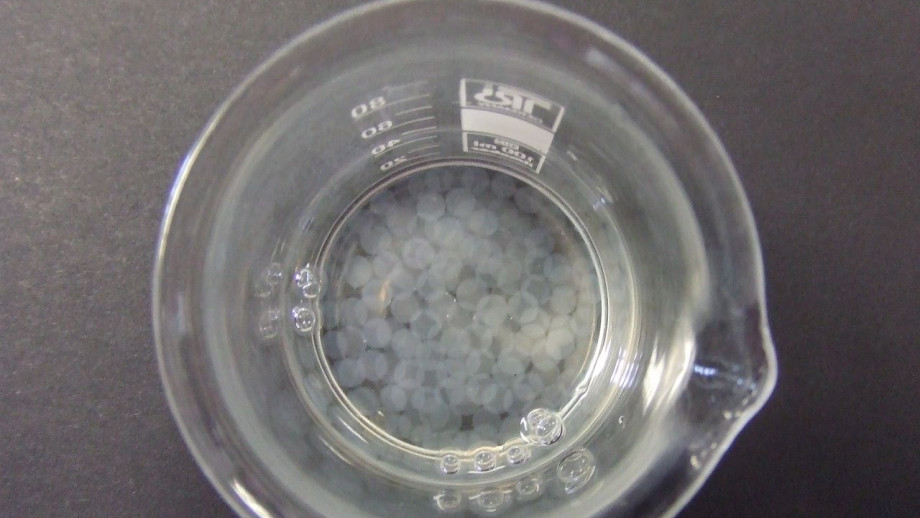ANU researchers help unlock the power of enzymes
New research led by The Australian National University (ANU) could hold the key to unlocking the power of enzymes, allowing them to potentially be used to break down toxic pollutants or heal wounds faster.
Enzymes can help speed up - or catalyze - chemical reactions, making them an essential part of every living organism.
"They also have extraordinary potential in industry and medicine," Associate Professor Colin Jackson from the ANU Research School of Chemistry said.
"The problem is the enzymes we find in nature often haven't evolved to do the jobs we want them to do - so to make them work for an industrial or medical application we need to engineer them. Or, even better, design them from scratch."
The team looked at how to make designed enzymes more efficient. They focused on one of the first successful designs, called Kemp Eliminase, which was engineered using a process that mimics natural evolution.
"We used intense radiation from the Australian Synchrotron facility to solve 16 different structures of the enzyme at various stages of development, and used quantum chemical calculations and molecular dynamics simulations to understand how it works," Associate Professor Jackson said.
"What we found was very surprising: the original design in the region that speeds up the chemical reaction was superseded by a new conformation - or structure - that came about by a random process of mutation and selection.
"From this, we have a new appreciation for the importance of molecular flexibility - the ability of the protein to move around and sample new shapes allows it to find conformations that work more efficiently."
The research could be particularly significant in areas of medicine and environmental remediation. Enzymes can help wounds heal more quickly and even degrade plastics.
"It opens up a lot more possibilities in terms of how we can use enzymes. You could potentially find new uses for them, such as breaking down toxic pollutants.
"There are many applications that we'd like enzymes to be able to do, or be better at - so we can use what we've learned to better design them to do what we want," he said.
The research was carried out in collaboration with the National Computational Infrastructure, Australian Synchrotron and Uppsala University in Sweden.
The research has just been published in the journal Nature Communications.

